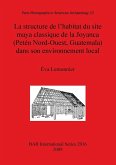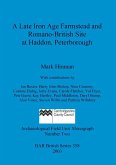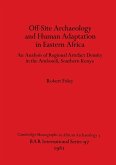Upper Paleolithic groups used the open-air site of Solutré (Saône-et-Loire, south-eastern France) as a location to intercept and hunt horse and reindeer herds. The primary goal of this study is to conduct a high-power use-wear analysis of a sample of lithic artifacts from each of the Upper Paleolithic cultural components in an effort to address a number of topics. A further aim is to test the current inferences of site activities at Solutré and attempt to identify any consistencies and differences in lithic toolkit structure and tool use through time at the site. A use-wear analysis of this sort allows one to recognize other activities unrelated to or secondarily related to the primary site function. Such methods can also be used to determine if tool use strategies changed or remained stable over time against the backdrop of site function.








